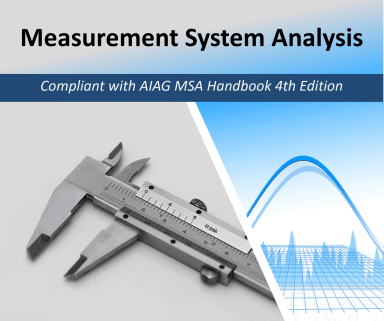
Originally published: 09/05/2023 08:17
Publication number: ELQ-92232-1
View all versions & Certificate
Publication number: ELQ-92232-1
View all versions & Certificate

Measurement System Analysis (MSA)
A practical guide for the essential of the measurement system analysis








